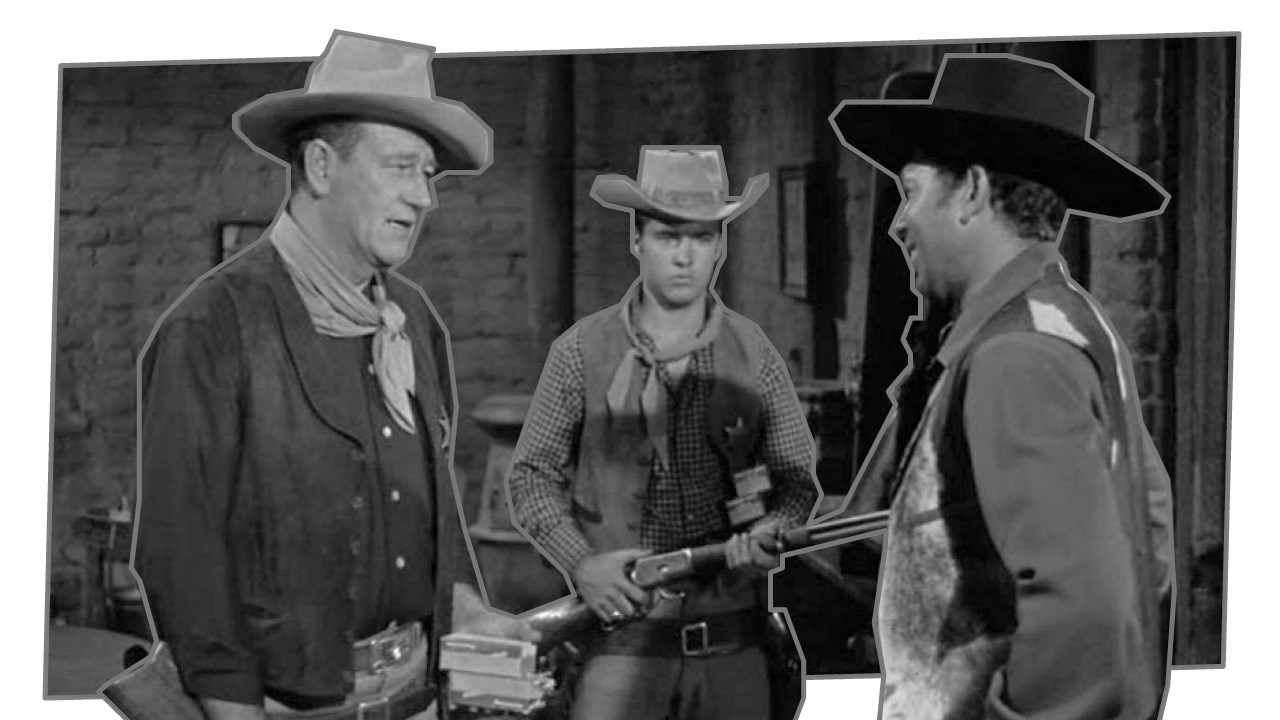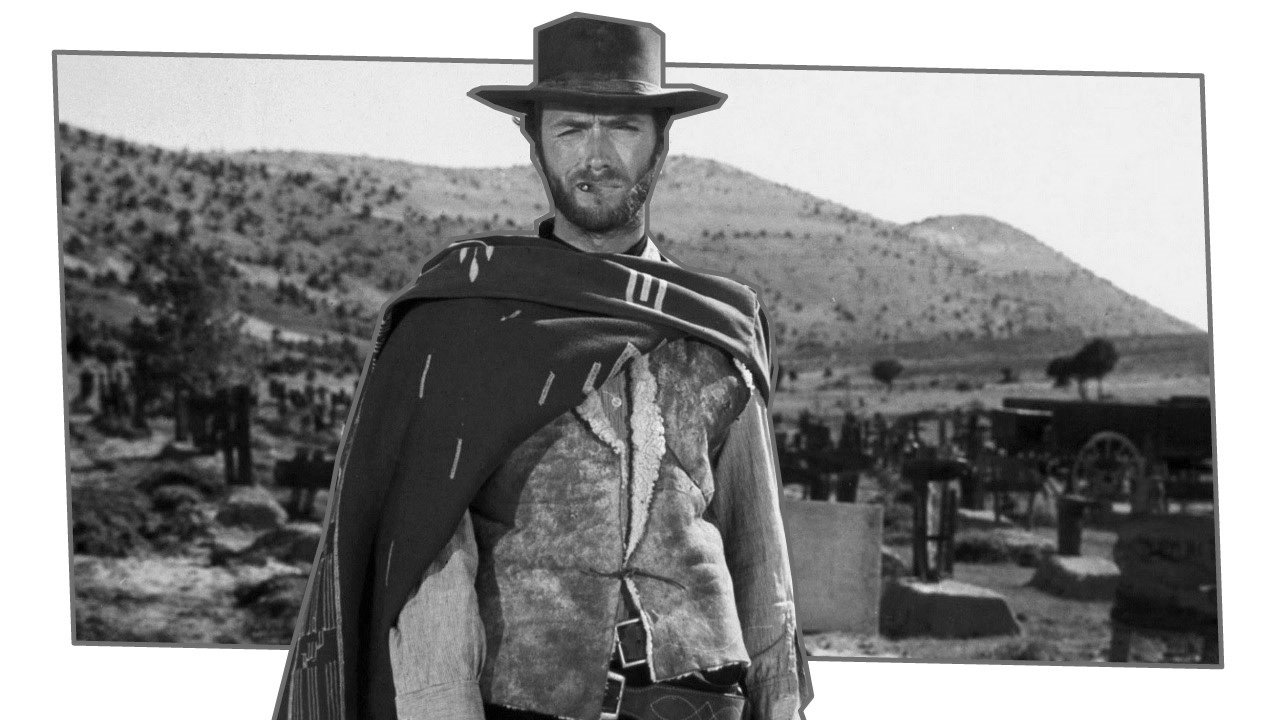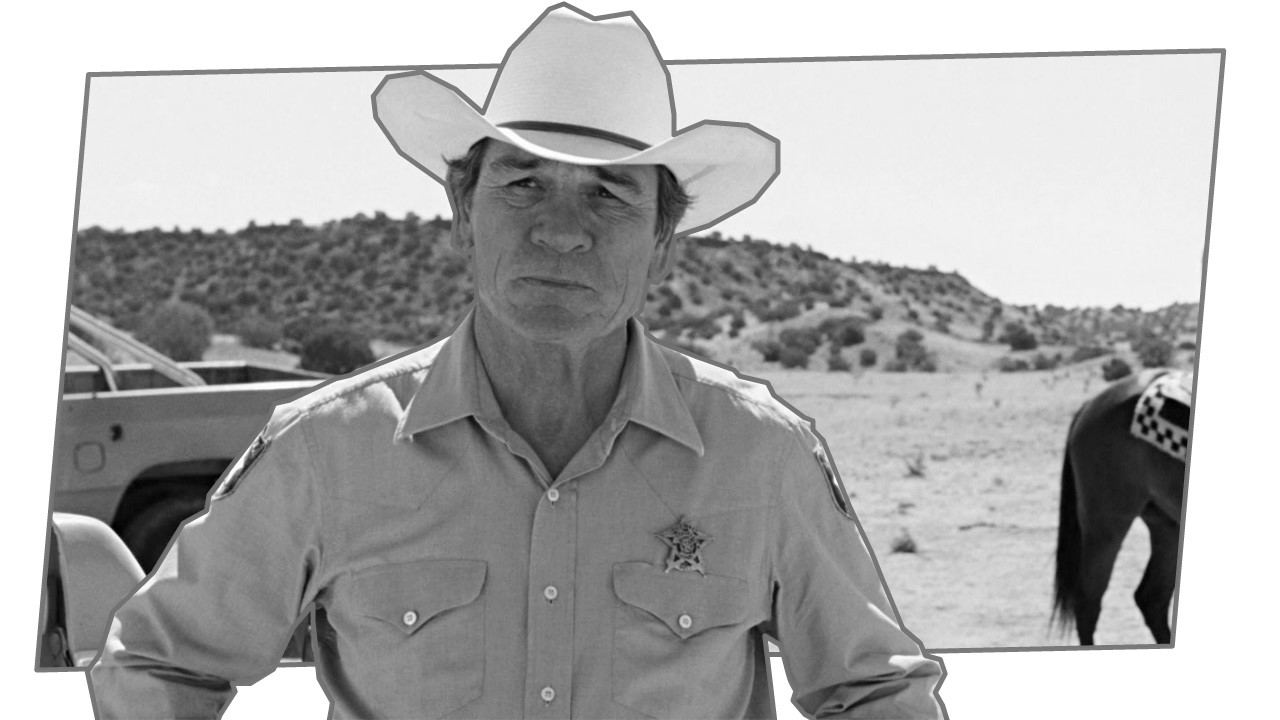The Rise and Fall of the Western.
by Luke Maguire.
Like the superhero genre today, the Western genre dominated the film industry during the 50s and 60s. Hundreds of Westerns were made during this post-war period launching the career of many classic Hollywood actors such as John Wayne and Clint Eastwood. It was undeniable that the Western had struck a chord with not just American audiences but audiences worldwide, however this made it all the more surprising when during the 70s the demand for Westerns dried up and audiences soon moved on to enjoying other genres. This essay will seek to understand how the western rose to it’s cultural peak, how it developed across the crest of that peak and also why it eventually fell into mediocrity and virtual irrelevance.

The Great Train Robbery, 1903, Edison Studios.
Westerns had a history in Hollywood long before the 50s came along, as can be most clearly seen in the famous ‘The Great Train Robbery’ (Siegmund Lubin, 1903) which is often heralded as the first Western and set up many of the initial conventions that the genre would go on to be famous for such as the battle between the law and criminals all set in the now deeply nostalgic American frontier. Westerns continued to have success in cinemas up until the advent of sound were they were left behind in favour of the new gangster movies, however it would not be long before they rose again. The 50s was a time of great change in America, the post war boom led to greater wealth and with that wealth came more opportunity to spend it on going to the cinema. However it was also a time of great social unrest with the red scare and teen culture all disrupting the idealised view Americans held of themselves. This is when the Western emerged again, as it reinforced the values of conservative America and called back to a more simpler time which many Americans wished to return to. The black and white storylines where the heroes won and the criminals were punished perfectly aligned with the morals of the main audience at the time which were American families. When criminals were dealt with in a positive light such as in the film Gunfight at the OK Corral (John Sturges, 1957) they were often watered down versions of their real life counterparts acting more as Robin Hood figures than actual bandits or mercenaries. So in short the Western genre meshed perfectly with the culture of the time propelling the genre to great heights. Films such as Rio Bravo (Howard Hawk, 1959) were incredibly successful and starred famous actors such as John Wayne who became synonymous with the genre.

Rio Bravo, Warner Brothers.
However as times began to change the Western had to change with them. The idealistic films demanded by the 50s viewers slowly began to become less popular. Whilst the 50s had seen social disruption it was nothing compared to when the 60s came along. Now the children of those born into the post-war boom were becoming teenagers who were demanding change in all corners of society. These teenagers were also aflush with their parents' cash meaning that they could spend more money at the theatres. Despite this though they initially weren’t interested in seeing Westerns, the genre had become oversaturated and predictable with every film following the same good guy beats bad guy narrative that was quickly becoming boring. Furthermore the popularity of TV was rising, with shows on their being able to be far more avant-garde and therefore more appealing to the counterculture obsessed teens leading to declining cinema attendances. So film and most of all the western had to evolve if they were to survive.
The 60s is when the Westerns began to move into a post-modern era, where the tropes of the 50s Westerns were challenged by a new wave of filmmakers who were free to create more dark and complex films. The most famous example of the post-modern Western is the Dollars Trilogy, three films directed by Sergio Leone who was one of the founding fathers of the Spaghetti Western genre, a subgenre of the Western with more Italian roots. The Dollars Trilogy told the story of the Man With No Name played by Clint Eastwood in his most well known role. This character was not totally bad but by no means totally good, he was motivated by money or grudges instead of the preservation of society.

The Good, The Bad, and The Ugly, 1966, UA.
You can see Leone questioning the idea of his heroism most clearly in the third film of the trilogy the Good, the Bad and the Ugly (Sergio Leone, 1966) . The film clearly sets out which people the title is referring to with the MWNN being labelled the good, Angel Eyes the bad and Tuco the Ugly. However despite these labels the film is constantly questioning whether these labels are deserved. The MWNN is introduced as the ‘good’ instantly after gunning down three bounty hunters (technically men of the law). Angel Eyes, the villain of the piece, is a captain in typically good Union army but despite this tortures and murders for money. Finally Tuco who is meant to represent the ugly side of the world is actually a pseudo protagonist in the end with him having both positive and negative traits. Despite their titles the men could almost be interchangeable in the roles with each of them the ‘good’ in their own story. This breaking down of the typical hero and villain roles allowed the Western to develop into a more complex genre more suited to the times. Continuing to look at Leone's work you can see how this evolution of the post-modern Western continued with Once Upon a Time in America (Sergio Leone, 1968) where he questions the very morality of the expansion of the American frontier with the villains working to buy land to build a train track. This evolution culminates in a Fistful of Dynamites (Sergio Leone, 1971) where the protagonists of the film are a Mexican outlaw and a former IRA member, literal criminals who in any standard Western would be the villains completely twisting the Western genre.
This change in the genre allowed the Westerns to sustain it’s success with other positively received films such as Butch Cassidy and the Sundance Kid (George Roy Hill, 1972) and The Wild Bunch (Sam Peckinpah, 1969) . However by the time the 70s came around the landscape of America was changing yet again and this time the Western would not be able to adapt. The Vietnam War along with the Watergate Scandal had led America into a much darker time. The 70s were overall tougher with economic decline leading to a shift in the public mood. This change led to people wanting more escapism in their lives, escapism that Westerns (especially the new gritier Westerns) could not provide. This is where new genres began to emerge and take over with the key one being science fiction. By the time the 70s was over the Western was irrelevant and Star Wars (George Lucas, 1977) reigned supreme at the box office becoming a cultural phenomenon. The American public had simply gotten bored of the genre, there were no new tales to be told and this left any attempts to create new Westerns in the years to come to be quite futile efforts.

No Country for Old Men, 2007, Miramax.
Although to say the Western died in the 70s would not be true as it is arguable that it simply evolved again. Films like Star Wars have been classified as pseudo Westerns with settings like the desert planet of Tatoine and characters like the gunslinger Han Solo being very reminiscent of the genre. So instead of dying the Western merely was incorporated into other genres, something that can still be seen today with films like No Country For Old Men (The Coen Brothers, 2007) and TV shows such as the Mandalorian (2019-present) both having very obvious Western influences. In addition to this many Westerns have also gone on to have success after their hay day maybe not as consistently but films such as Django Unchained (Quentin Tarantino, 2012) and Unforgiven (Clint Eastwood, 1992) prove that the genre is not as played out as some might say.
To conclude the Western genre was one which developed with the culture of America, at first reflecting the ideals of the American dream before then going onto feed into the counterculture of the 60s with more gritier narratives. They became so deeply embedded in the public psyche that even when they eventually declined they were so inextricably linked to popular culture that the callsigns of the genre could be found in many films for years after. It is a genre which is still producing great works today and that will produce many more in the future as new directors seek to reinterpret the genre's many intricacies.
by Luke Maguire, June 2022.